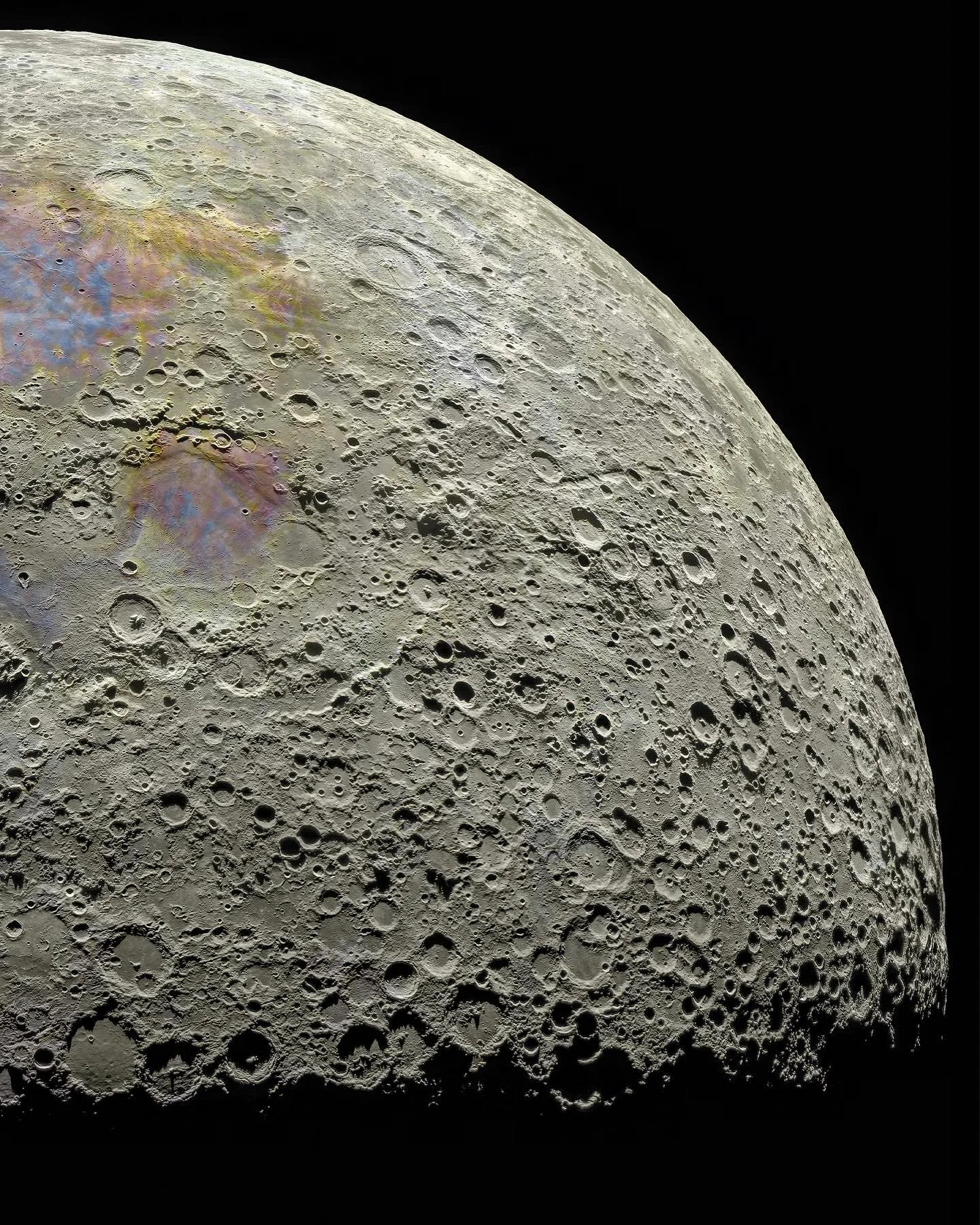this post was submitted on 23 Jun 2024
590 points (98.7% liked)
Astronomy
4105 readers
43 users here now
founded 2 years ago
MODERATORS
you are viewing a single comment's thread
view the rest of the comments
view the rest of the comments



I imagine the yellowish tinted areas are mostly sulfur from volcanic ash emissions. That middle picture, in the section between the two mare, it looks like how beach sand is altered after being inundated with water. In general, most of the surface looks like pulverized sand on a beach, at a high level abstracted perspective view. That one section between the mare looks whetted by comparison. Perhaps ash altered the consistency enough to create a similar type of compacted appearance, but if there was water and vulcanism in the area, perhaps that was the Lunar version of Yellowstone.
Funny that the most recent research on the anomalous regions inside the Earth's mantle have now been linked to the Theia collision through the mantle hotspot activity. So it is likely that the moon and Yellowstone are directly linked. It would be interesting to find that the regional anomalies on the moon are likewise of a similar origin. It would be interesting to me if Yellowstone's doppelganger is right there in plain sight as well.